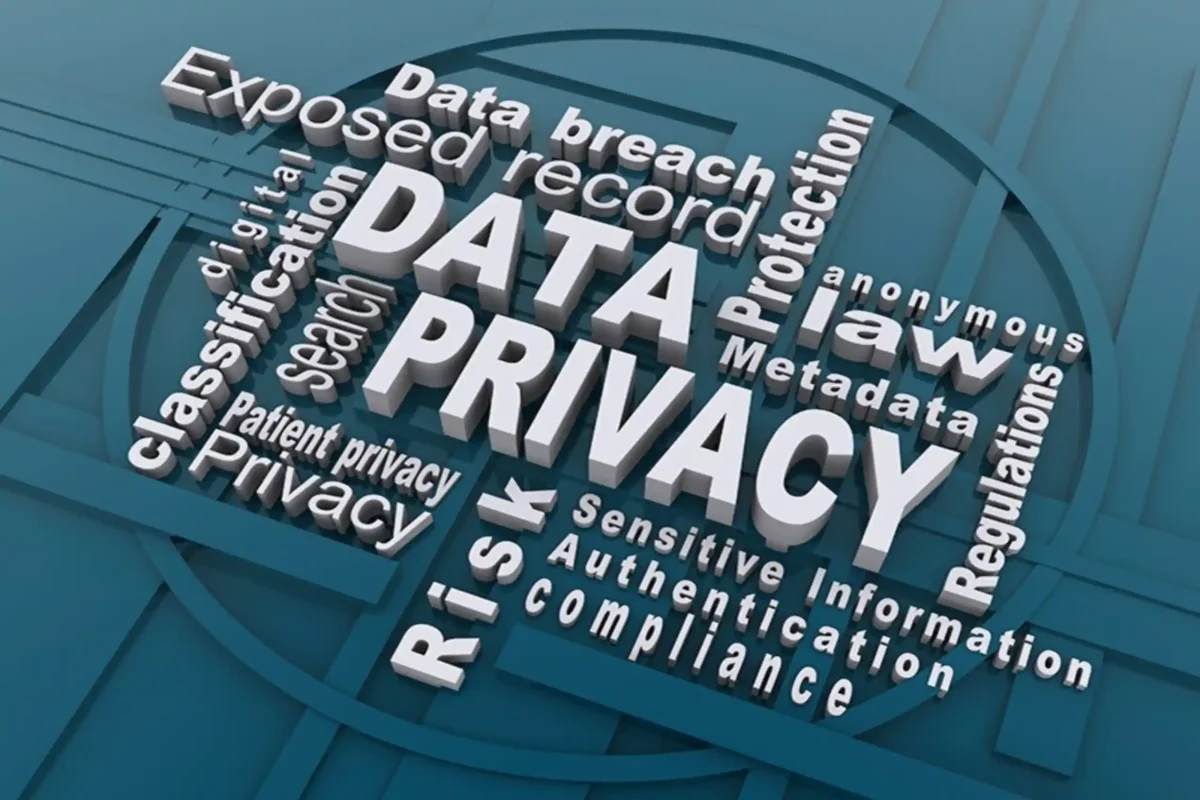In today’s digital world, privacy is a concept that’s rapidly evolving. The internet has brought countless benefits, but with it also come challenges, particularly when it comes to personal data and privacy rights. One of the most pressing concerns in this new age of information is the question of what happens when unwanted or harmful content is posted online. Enter the Take It Down Law — a legal initiative that addresses the growing demand for online privacy and the removal of harmful content.
This article delves into the Take It Down Law, exploring its significance, legal implications, and the role it plays in safeguarding privacy in the digital era. We’ll also look at the importance of such laws in empowering individuals to control their personal information, protecting them from online harassment, and ensuring their digital rights.
What Is the Take It Down Law?
The Take It Down Law refers to legislative measures designed to give individuals the right to request the removal of personal content from the internet. This content could range from private images, defamatory statements, to any form of digital content that violates a person’s privacy or could cause harm.
These laws have become crucial in the age of social media, where harmful content can spread quickly and remain online indefinitely. Individuals who find themselves the subject of unwanted images or online posts can invoke Take It Down Laws to request the removal of such content from platforms or websites.
The Legal Basis of Take It Down Laws
The Take It Down Law is grounded in the principle of privacy. It aligns with a person’s right to control their personal information and prevent the unauthorized distribution of their data. Many countries have implemented these laws based on the following:
-
Right to be Forgotten: This right allows individuals to request the deletion of personal data that is outdated, irrelevant, or harmful.
-
Defamation and Harassment Laws: If online content is harmful, threatening, or defamatory, individuals can take legal action to have it removed under these provisions.
-
Data Protection Regulations: Laws such as the General Data Protection Regulation (GDPR) in Europe give individuals more control over their data and allow for the removal of personal content upon request.

Why the Take It Down Law Matters
With the advent of social media, online platforms have become the new “public square” for personal interactions. Unfortunately, these platforms also serve as breeding grounds for harassment, cyberbullying, and the spread of personal information without consent.
The Take It Down Law is crucial because it offers individuals a legal remedy to reclaim control over their privacy and online reputation. For example, if someone’s intimate photos are shared online without consent, the victim can demand that these images be removed. Similarly, defamation or the spread of false information about a person can be countered through legal action.
In addition to preventing online harm, Take It Down Laws are essential in fostering a safer, more responsible digital environment. They act as a deterrent to those who seek to exploit the internet for malicious purposes.
Legal Challenges in Enforcing the Take It Down Law
Although Take It Down Laws provide a legal framework for protecting digital privacy, they also face numerous challenges in their enforcement. Some of the key challenges include:
-
Jurisdictional Issues: The internet is global, meaning content can be hosted on servers in different countries. Enforcing Take It Down requests across borders becomes a complicated issue because laws vary significantly between jurisdictions.
-
Freedom of Speech: There is often a conflict between the right to privacy and the right to freedom of speech. Removing content from the internet can sometimes be seen as an infringement on freedom of expression, leading to legal debates about the balance between these rights.
-
Digital Footprint: Even when content is removed from specific platforms, it might still exist in archives or be cached in search engines, making complete removal difficult. This highlights the challenges of maintaining privacy in the digital age.
-
Platform Cooperation: In many cases, online platforms are reluctant to comply with Take It Down requests, especially if the content does not violate their terms of service or if the platforms are not legally required to act.
Key Examples of Take It Down Laws in Action
The European Union’s GDPR
One of the most comprehensive privacy regulations in the world is the General Data Protection Regulation (GDPR) in Europe, which empowers individuals with the right to request the deletion of their personal data. Under GDPR, individuals have the “right to be forgotten,” which can be invoked if the data is no longer relevant or has been unlawfully processed.
The United States and State-Level Laws
In the United States, there is no nationwide Take It Down Law similar to the GDPR. However, various states have introduced their own privacy protections. For example, California’s California Consumer Privacy Act (CCPA) provides residents with the right to request the deletion of their personal data, including data stored by online businesses.
Australia’s Online Safety Act
Australia has implemented its Online Safety Act, which gives the eSafety Commissioner the power to remove harmful content, including cyberbullying material and intimate images shared without consent. This law is part of Australia’s broader strategy to combat online harm and protect individuals’ digital privacy.

How Can You Protect Your Privacy in the Digital Age?
In addition to advocating for stronger Take It Down Laws, there are practical steps that individuals can take to protect their privacy online:
-
Monitor Your Digital Footprint: Regularly search for your name or personal information to ensure no unwanted content is being shared about you.
-
Use Privacy Settings: Leverage the privacy settings on social media platforms to control who can see your posts and personal information.
-
Report Harmful Content: If you come across harmful content that violates your privacy or rights, report it to the platform and invoke Take It Down requests where possible.
-
Legal Consultation: If harmful content is not removed, seeking legal advice and potentially pursuing a Take It Down request through the courts may be necessary.
The Future of Privacy Laws in the Digital Age
As the digital world continues to evolve, privacy laws like the Take It Down Law will likely become more refined. Governments around the world are realizing the need for robust regulations to protect individuals’ rights in an increasingly online world.
However, there is still much to be done in balancing privacy with free speech and ensuring that Take It Down Laws are enforced effectively. As digital platforms grow in power and influence, lawmakers will need to stay ahead of emerging privacy challenges, ensuring that individuals can protect their reputations and rights in the digital realm.
Conclusion
In the digital age, privacy has become an essential right that needs to be protected by law. The Take It Down Law is a vital tool in empowering individuals to take control of their online presence and personal information. By providing legal recourse for the removal of harmful or unwanted content, this law plays a critical role in safeguarding privacy.
As online harassment and privacy breaches continue to rise, these laws are more important than ever. By understanding your rights and utilizing Take It Down Laws, you can better protect yourself in a world where digital information is often shared without consent.
The future of privacy in the digital age depends on effective legislation and the commitment of governments, platforms, and individuals to uphold these essential protections.
FAQ
-
What is the Take It Down Law?
The Take It Down Law gives individuals the right to request the removal of personal content from the internet. -
Why is privacy important in the digital age?
Privacy is essential to protect individuals from harm, harassment, and the unauthorized spread of personal information. -
Can the Take It Down Law be applied globally?
Enforcement varies by country, but countries with strong data protection laws like the GDPR in the EU have made great strides in enforcing such requests. -
What if my content isn’t removed?
If your content isn’t removed, legal recourse through defamation or privacy laws might be necessary to pursue further action. -
How can I prevent my privacy from being violated?
Regularly monitor your digital footprint, use privacy settings on social media, and report harmful content when found.

